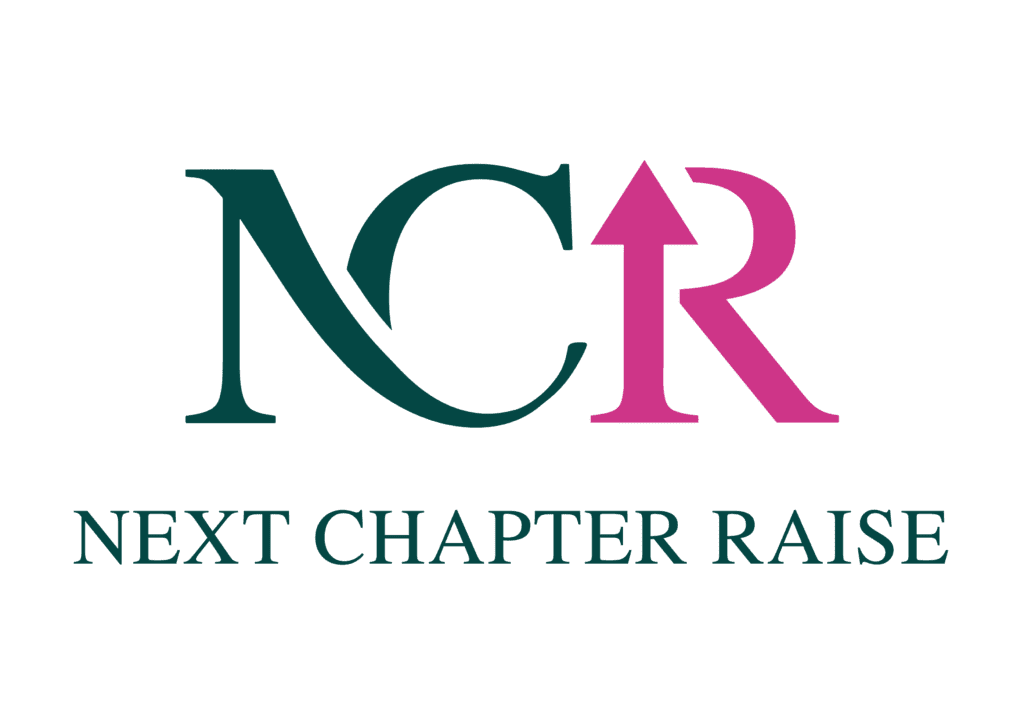Is your business is big enough to invest in?
If you’re a business owner and have ever thought seriously about applying for funding but stopped short of the application, chances are it’s because you think you’re not investable. But, if you’ve written a compelling business plan and have already started to build revenue, think again. In all likelihood, the question is not whether your business is worth funding, but if your mindset is getting in the way.
How do I know I’m ready?
Let’s start by addressing the facts. Women raise less and much later than their male counterparts, preferring instead to bootstrap or self-finance. And this isn’t a country or regional phenomenon, it’s happening the world over, women are naturally risk-averse. And the fear isn’t that their business will fail either, it’s concern about control and ownership of their business once they receive funding. The answer to this is, of course, is education and understanding the raise process.
But there are clear signs you and your business are raise-ready. First of all, you can clearly demonstrate traction. Sales are increasing month-on-month and you’re hitting your revenue targets. What you want to be able to do here is demonstrate fiscal responsibility. That means having a clear handle on operating costs, budget forecasts, runway and growth for example, hiring new staff.
In terms of marketing, ultimately, it’s about conversions but it could also be reflected in terms of “market ranking” or thought leadership. If you’re a producer of training programs for the hospitality industry your value might not just be in the number of modules sold but in the number of LinkedIn followers you have as the voice or advocate of hospitality training.
You’re also able to clearly articulate your brand message and position and can detail a path to expansion. In other words, being pitch ready.
“At this stage, all the kinks have to be ironed out, you can’t still be pivoting and trying to figure out your product-market fit”, says Nicole Denholder, founder of Next Chapter Raise. “If you’ve completed that and you’ve got a revenue model that’s working, it’s time to look for funds”.
Does it matter if I’m B2C or B2B?
Yes and no. They both require a sound revenue model and potential to expand and grow that model but revenue proof will differ depending on your target customer.
For a B2C business, it’s a volume game. How many widgets have you sold and is that number rising? For B2B, such as a SAAS company, proof will be in the form of new contracts.
But regardless of the audience, the most important thing here is still the revenue model, even if you haven’t made a ton of sales. As an Angel or VC, you can invest in a model because it shows growth potential. If there’s no model and all you have is just a “good idea”, you’re not raise-ready.
What if you’ve got multi-element business combining a product or service with impact? This is where it can get tricky but you just have to come back to the fundamentals. Data.
But how do you measure impact?
If you’ve got a business with secondary goals beyond revenue, such as improving the lives of people in developing countries or creating a sustainable future, you still need metrics. An investor must see a return on their investment.
Key Performance Indicators or KPIs are critical, it doesn’t matter what you’re selling. But how do you use these metrics to demonstrate social impact?
For one of our Raise members, Polly, founder of Conscious Paper, it might be quantifying social change e.g. educating businesses around sustainable paper alternatives. For others, it might be weighing the amount of waste they’re able to recycle.
If you run an impact business, you should definitely be looking at the UN Sustainable Development Goals (SDGs) to understand the different goals and metrics used to implement them.
Pat Dwyer, founder of The Purpose Business says every business should be mindful of these goals. “Sustainable work’ means efficiently using resources while being cognisant of the impacts on people, employees, community, etc. and how it delivers on the bottomline. How entrepreneurs can ensure they do this is no different than any other organisation – a charity, a corporation, etc”.
To start, businesses can be aware of their environmental impacts; use of resources, the way they work with their supply chain and how their operations affect people.
This is the work of Marianne Hughes, an award-winning entrepreneur and thought leader on transparency. As the Founder and CEO of Kno Global, her goal is to humanize the supply chain and reach 10m factory workers globally.
As this month’s Entrepreneur-in-Residence she says, “brands want to work with factories they can trust, factories want to engage workers and get orders, workers want a good environment”.
That drive for continuous improvement helps her clients take responsibility for factory workers’ wellbeing, drive business and help brands avoid costly scandals. The outcomes of this engagement also provide the much needed metrics founders need to quantify their business impact.
Let’s talk about the different funding options available
There are some funding options better suited to start-ups than established businesses. Family and friends rounds, bank loans, government grants and competitions are often targeted at founders with good ideas that have yet to be realised. What you’re selling and what they’re buying is a robust idea and a strong founder/team to execute it.
But today, there are a lot of other funding options beyond startup financing or angel and venture capital. There are also incubators and accelerator programs, revenue financing and corporate venture capital (CVC).
For revenue financing, there are three key metrics to establish whether this funding is right for your business. Shaw Yean Lim, the CEO of Hustle Flywheel and Raise Masterclass expert says, “if you have predictable monthly revenue, a repeatable, measurable process of driving revenue (digital marketing, inventory, subscriptions) and consistently high gross margins e.g. a subscription business, then revenue-based financing could work as a funding option.
The most important thing when looking for suitable funding options is knowing who the typical investors are in this phase and how much capital you require.
“Finding the right funding option is about understanding where your company is in the life cycle”, says Dennis Plomp, head of IMS Digital Ventures and our September Investor-in-Residence. “Most importantly, you need to be certain that you really want to go down this route. Be prepared to reach out to 50 to 100 investors and remember, the more personal your outreach the better. Approach them in batches and constantly analyse the feedback”.
Waiting too long
There is such a thing as waiting too long to raise funds and reaching the stage where you are no longer investable. These include, needing funds to pay wages instead of going towards growth activities, suffering from declining revenues or stagnation and being unable to lower your customer acquisition costs.
Deciding that you’re ready for funding isn’t easy. Most of us suffer from a degree of imposter syndrome at some point in our business development. But, if you adopt a practical mindset, you’re less likely to be swayed by negative emotions. Know your numbers, refine your pitch, provide proof of product-market fit and ensure you have a solid revenue model. Have these in place and you better believe you’re raise-ready.

